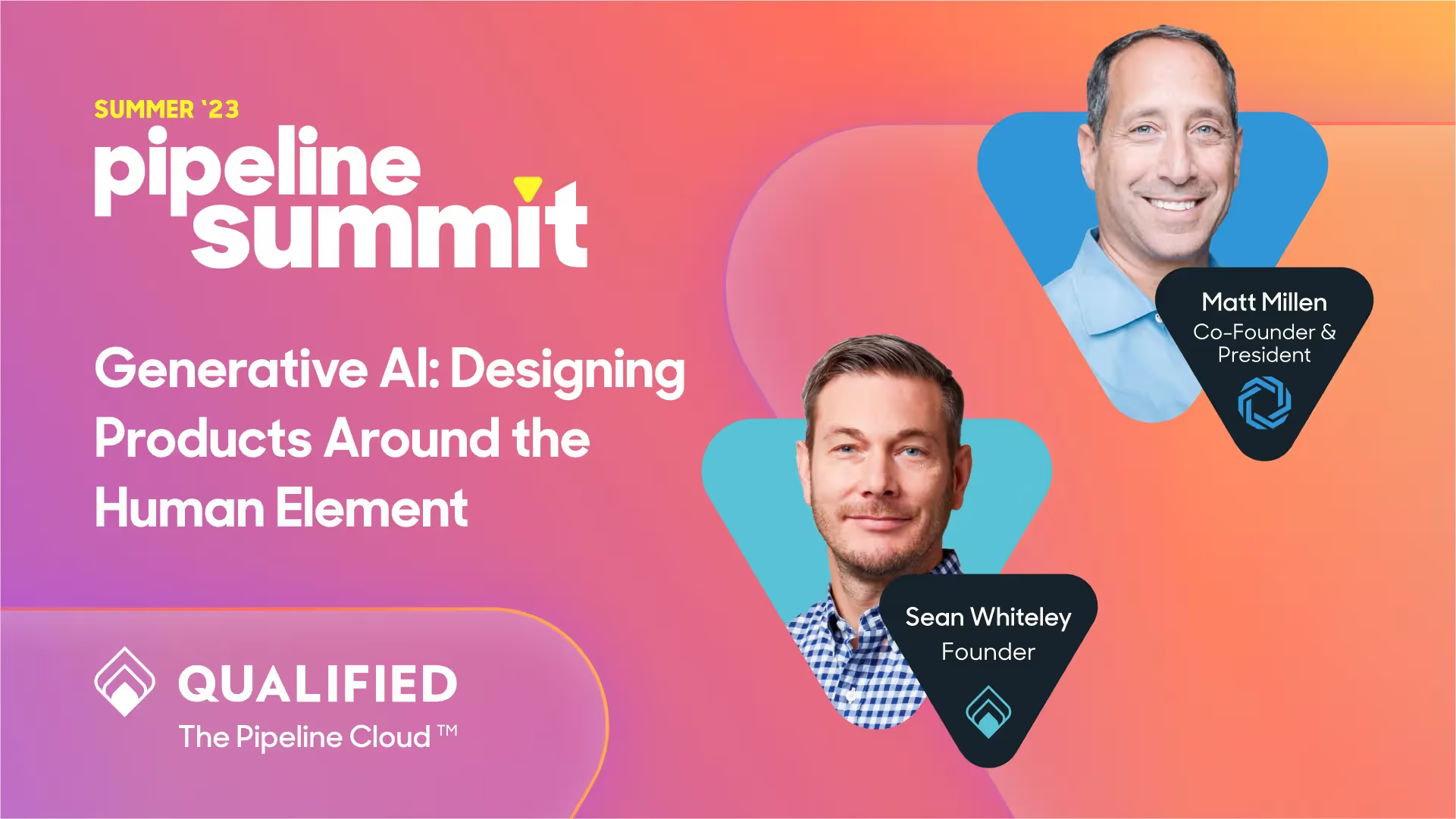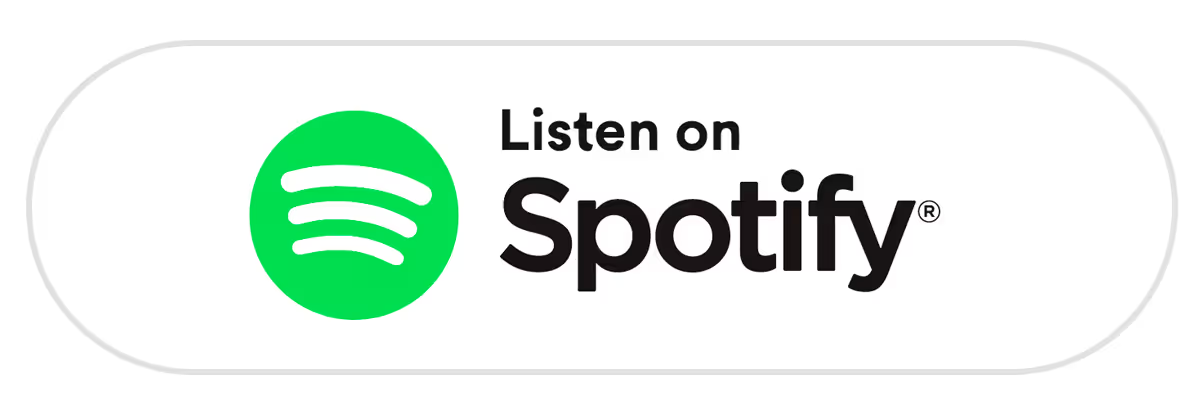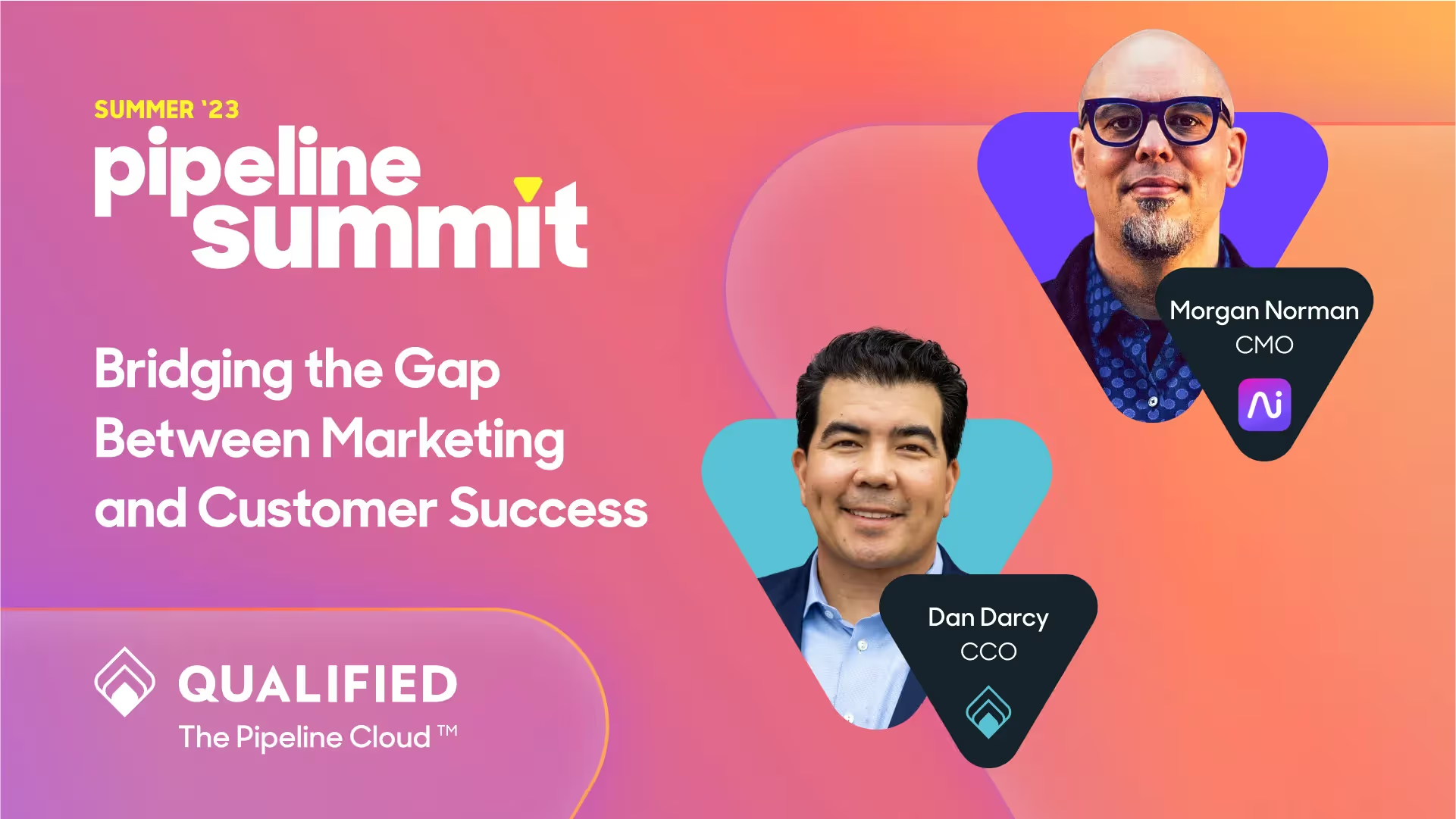Generative AI: Designing Products Around the Human Element
Buckle up for Generative AI continues to be a hot topic in the SaaS space. Dive into the future of AI and identify how these models can help revenue teams scale their operations and maximize their efforts while celebrating the humans behind the keyboards. masterclasses on sales strategies your team needs to be successful in this challenging market.



















.svg)


